Web3: The Future of the Internet
Introduction to Web3
Web3 is the next evolution of the internet that focuses on decentralization. It aims to provide a more secure, transparent, and user-centric online experience. Web3 utilizes blockchain technology to create a trustless environment where users have full control over their data and digital assets. Unlike Web 2.0, which is centralized and controlled by large corporations, Web3 empowers individuals and promotes peer-to-peer interactions.
Key Features of Web3
Decentralization: Web3 operates on a decentralized network, eliminating the need for intermediaries and giving users more control over their data and online interactions.
Transparency: With Web3, all transactions and interactions are recorded on the blockchain, enabling transparent and auditable processes.
Security: Web3 leverages cryptography and smart contracts to ensure the security and integrity of data and transactions, reducing the risk of fraud and hacking.
User-centric Experience: Web3 puts the user at the center, allowing individuals to have ownership and control over their data and enabling them to choose their preferred online services.
The Transition from Web2 to Web3
The transition from Web2 to Web3 involves a shift in mindset and infrastructure. It requires a move away from centralized platforms to decentralized networks, where individuals have sovereignty over their digital presence. Web3 introduces new technologies and protocols such as blockchain, distributed ledgers, and decentralized applications (dApps).
Benefits and Opportunities of Web3
Empowerment: Web3 empowers individuals by providing them with greater control over their digital lives, allowing for self-sovereign identity, and enabling the direct ownership and monetization of data.
Transparency and Trust: With Web3, trust is established through cryptographic mechanisms and consensus algorithms. This transparency fosters trust between parties, making disputes and fraud less likely.
More Inclusive Economy: Web3 enables financial inclusion by providing access to financial services to the unbanked population, reducing the dominance of intermediaries, and creating new economic opportunities.
Disintermediation: Web3 removes the need for intermediaries in various sectors, such as finance, supply chain, and identity verification, reducing costs, increasing efficiency, and eliminating single points of failure.
Challenges and Considerations for Web3
Scalability: Web3 faces challenges in terms of scalability, as blockchain networks currently have limited transaction throughput. Efforts are underway, such as layer 2 solutions and scalability protocols, to address this issue.
User Experience: Web3 applications need to enhance their user experience and design to attract mainstream adoption. User-friendly interfaces and seamless integration with existing web services are essential for mass adoption.
Regulatory and Legal Frameworks: As Web3 disrupts traditional industries and challenges existing regulations, establishing appropriate legal and regulatory frameworks that protect users' rights while fostering innovation is crucial.
Data Privacy and Security: Despite the enhanced security of Web3, data privacy remains a concern. Striking a balance between transparency and privacy is essential to protect users' data and prevent abuses.
Conclusion
Web3 represents the next evolution of the internet, aiming to create a more open, decentralized, and user-centric online environment. With its focus on decentralization, transparency, and security, Web3 has the potential to revolutionize various industries and empower individuals in unprecedented ways.
Related Questions:
1. How does blockchain technology enable decentralization in Web3?
2. What are the main differences between Web2 and Web3?
3. What are the potential applications of Web3 beyond finance?
4. How can Web3 address the scalability challenge of blockchain networks?



